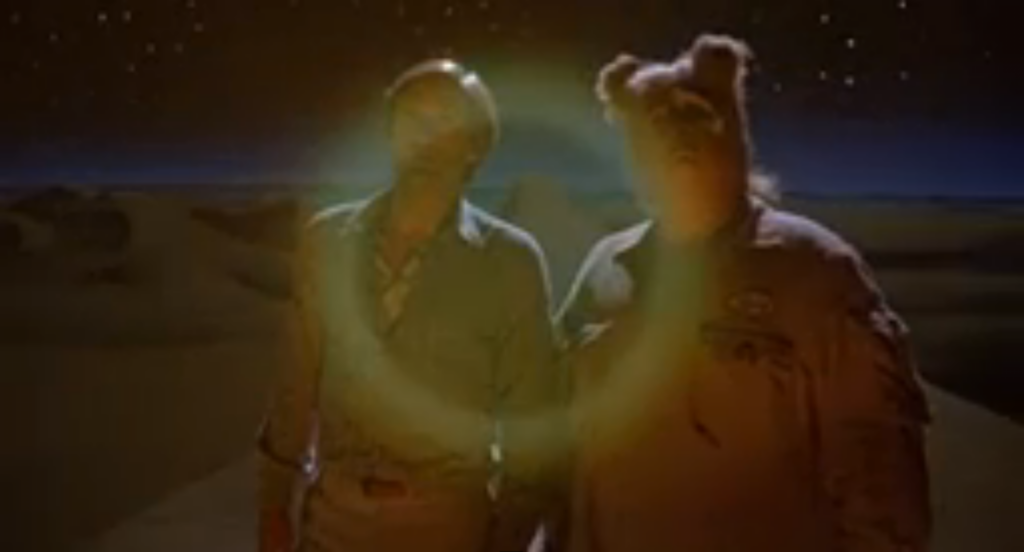
What are dissolves?
A dissolve is a classic editing technique used to transition between shots, typically shots that bridge two scenes together. As opposed to a straight cut from one shot to another, a dissolve involves the gradual transition from the first image to the next. When an image dissolves into view from a black screen, it is called a Fade In, and when an image dissolves into blackness, it is called a Fade Out.
Dissolves were traditionally created by superimposing two separate images with an optical printer. With modern nonlinear editing, the effect can be overlaid onto any two shots with simple software.
https://www.youtube.com/watch?v=Wt9DOp_Y1nk
How should you dissolve?
A dissolve has two visual components, two tools an editor has to create the dissolve: the images involved, and the length of the dissolve. The length of a dissolve is typically no more than a second or two, but can be much longer if the shots run long enough to allow it. A slow dissolve is an artistic choice and usually has some meaning behind the somewhat rare decision to use it.
While any two images can technically be connected by a dissolve, there is usually a purpose to using it rather than a straight cut. A good editor will know when a dissolve is appropriate:
When should you dissolve?
Dissolves are often used to show the passage of time. While the end of a scene can cut directly to the beginning of the next, typically a dissolve will be a clue to the audience that, like the real-time, gradual transition, some time has passed by.
What is being dissolved is a visual choice by the director, another tool in her or his large array of filmmaking techniques. A match or graphic dissolve is no different than a match cut—the specific images are being connected by some narrative or thematic throughline. When a dissolve is used, it is typically adding a certain weight or resonance to this throughline. For instance, a gradual dissolve from a mother reading an Army telegram to a scene of her son’s funeral. Time has passed between his burial and when she first heard the news of her son’s death, but the dissolve allows the audience some time to figure out what the mother is reading before they actually see the funeral. Once the funeral has faded fully into the next shot and scene, the audience has not only discerned what they are seeing, but, in a small way, has shared the mother’s tragic realization.
Again, the length of the dissolve comes into play as an artistic tool of the director and/or editor. A short transition, maybe a second long, gets the point across and focuses more on the shock of the mother’s letter and the son’s passing. A longer transition becomes more about watching the mother’s facial reaction and following her internal dialogue not just through the scene, but also into the implied emotions in the time up to the funeral.
A specific type of match dissolve is a dissolve between faces. Dissolving from one face to another can have a narrative significance concerning the characters, or they can transition between two images of the same character, allowing the audience to see the change of emotion and context. One of the most famous examples of this comes at the end of Saving Private Ryan, when the story transitions from World War II to several decades later. While the dissolve from Matt Damon’s face to another actor portraying his older self was done using state-of-the-art computers, the technique is still the same one used since the Silent Era.
Dissolves can be used within a scene, for instance, a character pacing around the house to show the passage of time and their boredom during this time, or to show a character’s gradual cleaning of a garage. This is an in-scene montage. Dissolves can be used in traditional montages as well, in lieu of cuts, morphing from scene to scene in rapid succession.
Who uses dissolves?
Dissolves were very popular in classic cinema, but have since fallen out of favor by most modern editors. One reason for this is the influence of the French New Wave on emerging filmmakers, expanding the use of jump cuts. Jump cuts can be visually jarring, and it took a generation who had grown up on movies to be savvy enough to follow the transitions without complaint.
Likewise, as each generation grows up on faster paced and more innovative visual styles, movies have generally sped up in tone and movement. The slower transition of dissolves between scenes can look lethargic and antiquated, though if executed the right way they are usually accepted by an audience with no problem.
Even television sitcoms as recent as a few years ago would use dissolves that have since been replaced by jump cuts and rapid pan swipes. Early episodes of Seinfeld, a show that revolutionized three-camera sitcoms with its lightning pace, that use dissolves can make the scene feel like it’s from an entirely different show.
However, it’s the director’s and editor’s prerogative to use dissolves, and there is still a place for them in movies and television. For an artist and visual storyteller, going with your gut can never hurt, and if a dissolve feels right, it probably is. After all, everything is cyclical, and dissolves will probably be back in style sooner or later. You might even seem ahead of the curve.